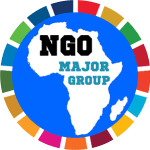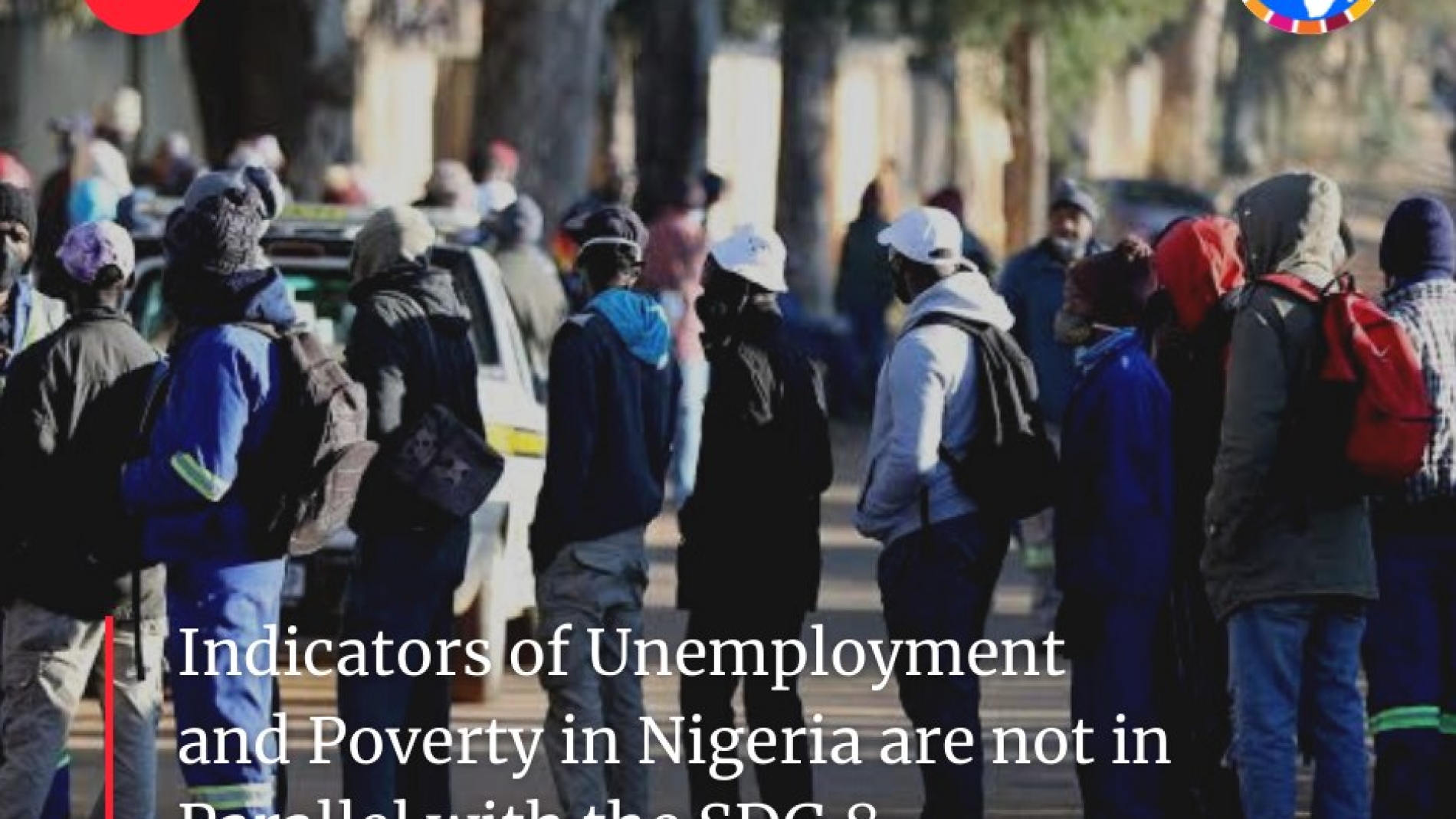Indicators of Unemployment and Poverty in Nigeria are not in Parallel with the SDG 8
Throughout the period of the Coronavirus pandemic that hit the world, Nigeria’s already debilitated economy has suffered a recession that, of course, affected all sectors in the country. The unemployment rate in 2021 reached nearly 33.3% compared to 27.1% in the second quarter of 2020, which means that a third of the workforce of 69.7 million people either do not work or work less than 20 hours per week, according to the definition of unemployment.
The number of poor people in the country increased to 100 million people. And regarding the growth of the GDP, it reached 2% in 2021, while the growth rate of the per capita GDP reached -0.1%. These percentages are very small and reflect the low economic situation in the country.
In this context, NGOs Major Group for Africa expresses its concern about the low economic situation and the high rates of poverty and unemployment and therefore recommends the need to formulate a national plan for economic reform that includes policies to specifically reduce unemployment rates, with the aim of achieving the Sustainable Development Goal 8 in Nigeria and preventing the country from falling into a greater economic catastrophe.
#Towards_Collective_Partnership_For_Sustainable_Africa
#Cooperation_For_Sustainable_Africa
#sustainable_future_for_africa


